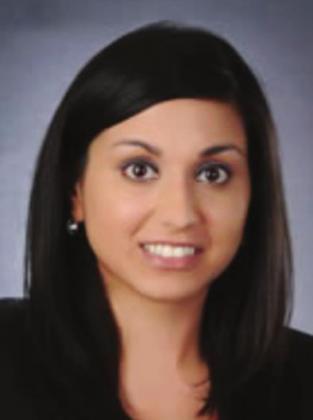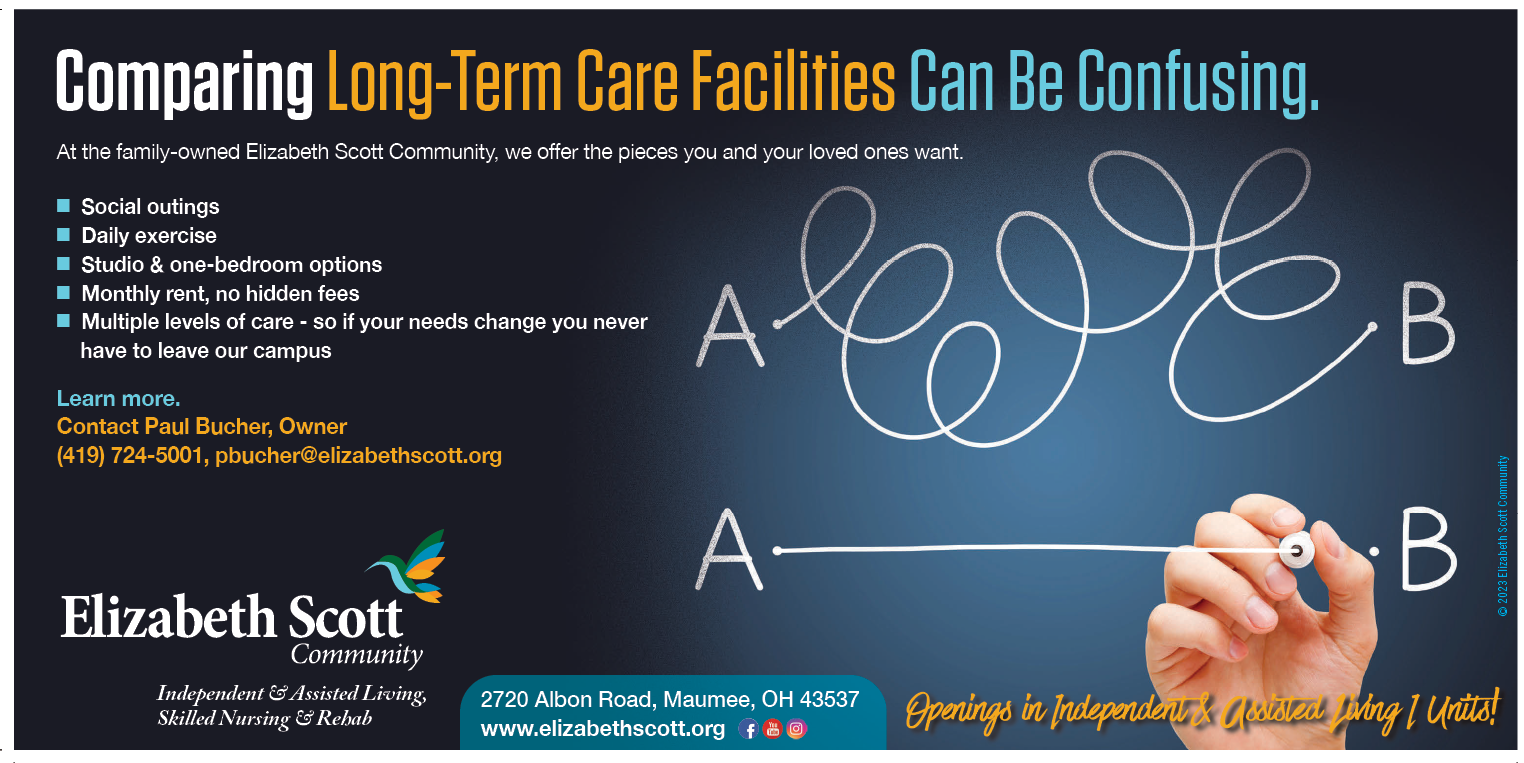WHEN IT COMES TO CANCER, it’s undeniable that early-stage detection is key to optimal treatment outcomes. In other words, the sooner the cancer is caught, the greater the likelihood that it can be treated effectively or even cured. That’s why it’s so important to take advantage of available cancer-screening tests—especially for individuals at increased risk of developing cancers known to have a relatively high mortality rate, such as lung cancer.
In fact, lung cancer is the leading cause of cancer death among both men and women in the United States, surpassing colon, breast, and prostate cancers combined. It’s also well established that the vast majority of lung cancer cases are associated with smoking. According to the Centers for Disease Control and Prevention (CDC), cigarette smoking is linked to approximately 80% to 90% of lung cancer deaths in the United States, and the use of other tobacco products, such as cigars or pipes, also increases lung cancer risk.
The good news is, longtime smokers can now be screened for lung cancer using an innovative technology called low-dose computerized tomography (LDCT), which can detect nodules in the lungs long before lung cancer symptoms arise.
Shaili Desai, MD, of The Toledo Clinic Cancer Centers, states that LDCT is much more sensitive than traditional chest x-ray, in some cases detecting very small nodules that are either precancerous or noncancerous. As a result, worrisome abnormalities in the lungs of high-risk individuals can be identified and, if necessary, treated much earlier than was historically possible, leading to a significant decrease in lung cancer mortality. Simply put, this screening saves lives.
LDCT requires no preparation or medications and is completely non-invasive. Dr. Desai adds, “The procedure is very quick and requires no IV contrast. Plus, the CT scanner isn’t closed, so patients don’t feel hemmed in and claustrophobic, and you only have to hold your breath for a total of 25 seconds.”
To be considered a candidate for LDCT, certain criteria must be met. Dr. Desai explains, “Based on the most current guidelines from the U.S. Preventive Services Task Force, individuals eligible for low-dose CT screening are those between the ages of 50 and 80 who have a 20-pack-year smoking history and either currently smoke or quit smoking within the past 15 years.”
A “pack year” is calculated by multiplying the number of cigarette packs an individual smoked per day by the number of years he or she has smoked. Thus, someone with a 20-pack-year history smoked one pack of cigarettes per day for 20 years or the equivalent (e.g., two packs a day for 10 years).
LDCT does present certain risks. For example, the screening does expose patients to radiation, which is itself a risk factor for cancer. “However, the radiation dose administered is very low and the level of exposure involved does not appear to present a significant health risk over time,” Dr. Desai notes.
Another concern is that an abnormal finding could lead to further testing or biopsies that, in some cases, may prove unnecessary. While this is a possibility and potential source of anxiety for patients, Dr. Desai emphasizes that the benefits of detecting lung cancer early, when it is treatable or even curable with today’s advanced therapies, far outweigh the risks.
Dr. Desai is concerned that, due to the ongoing pandemic, many people have let health screenings fall by the wayside, which gives cancer and other serious health issues an opportunity to progress undetected. “Now is the time to get back on the bandwagon and get those screenings done,” she advises.
For patients who qualify, low-dose CT screening is covered by Medicare, Medicaid, and most commercial insurances. Dr. Desai adds that if patients’ insurers don’t offer coverage for the procedure, their healthcare provider can help them find programs to assist with the associated costs.
The Toledo Clinic Cancer Centers, located at 4126 N. Holland Sylvania Road, Suite 105, also provides imaging, laboratory, chemotherapy, specialized pharmacy, and IV services. The cancer center consists of 8 medical and 3 radiation oncologists along with 11 nurse practitioners and 4 research nurses. The cancer center also has satellite centers in Maumee, Napoleon, Bowling Green, Wauseon, and Monroe.
The Toledo Clinic Cancer Centers has earned Patient-Centered Specialty Practice level 3 recognition and Oncology Medical Home recognition from the National Committee for Quality Assurance. Oncology homes align systems and resources with coordinated care focused on cancer patients and their needs. This reduces fragmentation, supports shared decision making, and improves the patient experience. They are the first oncology practice in the state of Michigan and the second oncology practice in the state of Ohio to receive this recognition.
For more information, please call The Toledo Clinic Cancer Centers at 419-479-5605.


